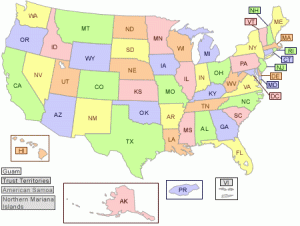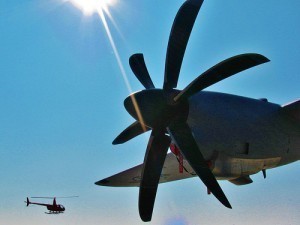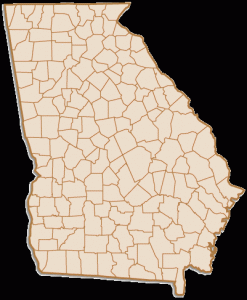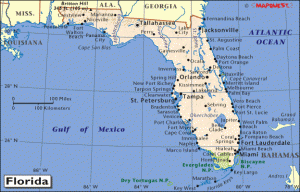How Big is United States?
The size of the United States is 9,826,630 sq km. The total land area is  9,161,923 sq km. The land area here is for the 50 states only (territories beyond are not included). The water area is around 664,707 sq km.
9,161,923 sq km. The land area here is for the 50 states only (territories beyond are not included). The water area is around 664,707 sq km.
General Characteristics
The country is situated between the countries of Mexico and Canada. Surrounding it are the Atlantic Ocean and Pacific Ocean. Its geographical coordinates are 38 00 N, 97 00 W.
In terms of total size, the United States is 50% the size of Russia. It is also half the size of Latin America, but only 3/10th that of Africa. The size of the United States is almost equal to China. However the US is double the size of the EU (European Union).
Land and Water Claims
The land boundary is 12,034 km. The border with Canada is 8,893 km; with Mexico it is 3,141 km. The coastline measures 19,924 km and the maritime claim is 12 nm (nautical miles). The contiguous zone is 24 nm, while the exclusive economic zone is 200 nm.
Land Characteristics
The highest point is Mount McKinley at 6,194 m. The lowest point is Death Valley at -86 m. The irrigated land is 223,850 sq km, while the arable land is 18.01%. Permanent crops make up 0.21%.
Size of the Untied States Population
As of 2009, the population has been estimated at 307,913,000. The growth is at 0.98%. The birth rate has been estimated at 13.2 per 1,000. At least 31 ancestry groups have more than a million descendants.
The race / ethnicity breakdown as of 2008 are as follows; whites, 79.8%, African American,12.8%, Asian American, 4.5%, Native American / Alaskan Native, 1.0%, Hawaiian, 0.2%, multiracial, 1.7% and Hispanic 15.4%. The most heavily populated city is New York at 8,363,710 followed by Los Angeles, Chicago, Houston and Phoenix.
224.2 million individuals speak English. The second most widely spoken is Spanish (34.0 million), Chinese (2.5 million), French (2.0 million), Tagalog (1.4 million) and Vietnamese (1.2 million). German is spoken by 1.1 million people and Korean by over 1 million.
Climate and Terrain
The size of the United States allows for varied temperatures and climate. In Hawaii and Florida, it is tropical. West of the Mississippi it is semiarid. Over at the northwest it is colder, while it is very windy at the Rocky Mountains. In the central area it is plain.
It is more mountainous at the west. The eastern portion has rugged hills and numerous rivers. Hawaii is characterized by its volcanoes, which have heavily influenced its geography. It includes copper, iron, silver, gold, potash, gas and zinc.
Various natural hazards occur; these include waves and earthquakes around the Pacific Basin. The Atlantic Ocean is where most hurricanes begin. Hurricanes also take place frequently along the Gulf of Mexico.
The American Midwest is prone to being hit by tornadoes, while mud slides can occur in California. Other natural hazards are snowstorms and heavy rain.
The size of the United States is only matched by its influence. From economics to politics to culture, America’s role in world affairs cannot be denied.





